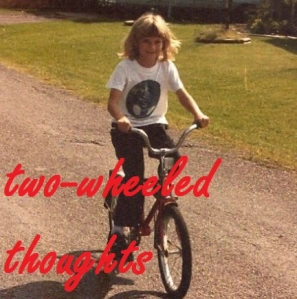On the boundary of Maine’s Penobscot reservation, a solitary man wrestles with questions of truth, family history, and what is owed to the next generation.
Fire Exit by Morgan Talty (Night of the Living Rez) centers on one man navigating issues of family: the death of his father figure, his mother’s lifelong and worsening health conditions, the daughter he knows only from afar and who doesn’t know who he is. In hardscrabble circumstances, surrounded by poverty, alcoholism, and family violence, he wishes to give his daughter a meaningful gift: the truth. Stark and tender, Talty’s debut novel compassionately addresses tough choices in matters of family and love.
Charles Lamosway has grown up on the Penobscot reservation in Maine, but does not have Native American blood. Although very close to his Native stepfather, Frederick, whom he generally refers to as father, his biological parentage meant he had to move off the reservation when he came of age. Frederick purchased land and helped to build the house where Charles lives now, just across the river. Largely isolated with few friends, Charles watches from his porch the family on the other side: Mary, Roger, and their daughter, Elizabeth. Charles is Elizabeth’s biological father, a secret he has kept at Mary’s request. But as he ages, and as his mother Louise’s health worsens, he feels increasingly that Elizabeth, now an adult, must know the truth.
Charles insists, “Maybe her body and mind know something is missing.” This urge becomes a fixation, a bodily need. Elizabeth faces medical problems, and he is convinced she needs the truth–including Louise’s medical history–to survive: “I felt she should know her body was special, and she should know its history, especially the one it would not tell her and the one she could not see. And I decided to tell what I knew, because she deserved to know it.” But it is just possible that what Charles sees as necessary will have an entirely different outcome from what he intends.
Fire Exit is concerned with bodies, with visceral needs not only for food and shelter but for truth. Louise’s failing body and mind are wrapped up with unresolved questions about Frederick’s death. Talty’s tersely poetic, descriptive prose grounds this story in the physical: “Between the river’s flow and the summer breeze rippling hard-to-see leaves and the sound my scraping shoe made on the porch, I heard night silence. I heard the workings of my inner body, the pump of my heart and the expanding of my lungs.” In Maine’s harsh winters, Talty’s characters face elemental as well as human dangers.
This first novel grapples with family issues and hard choices about love and responsibility; blood, culture, and belonging. It is an utterly absorbing story, always firmly rooted in the corporeal; tough, honest, but not bitter.
This review originally ran in the March 28, 2024 issue of Shelf Awareness for the Book Trade. To subscribe, click here.
Filed under: book reviews | Tagged: family, misc fiction, race, Shelf Awareness | Leave a comment »
















